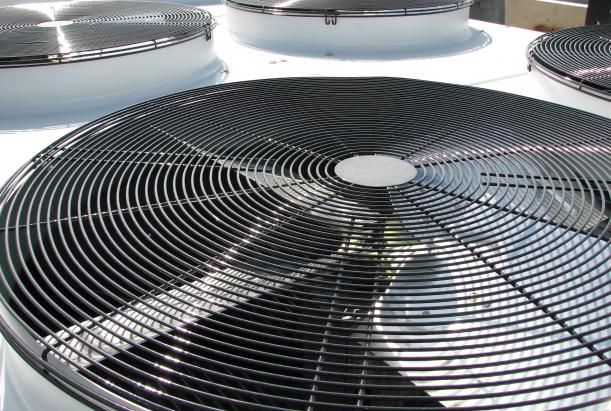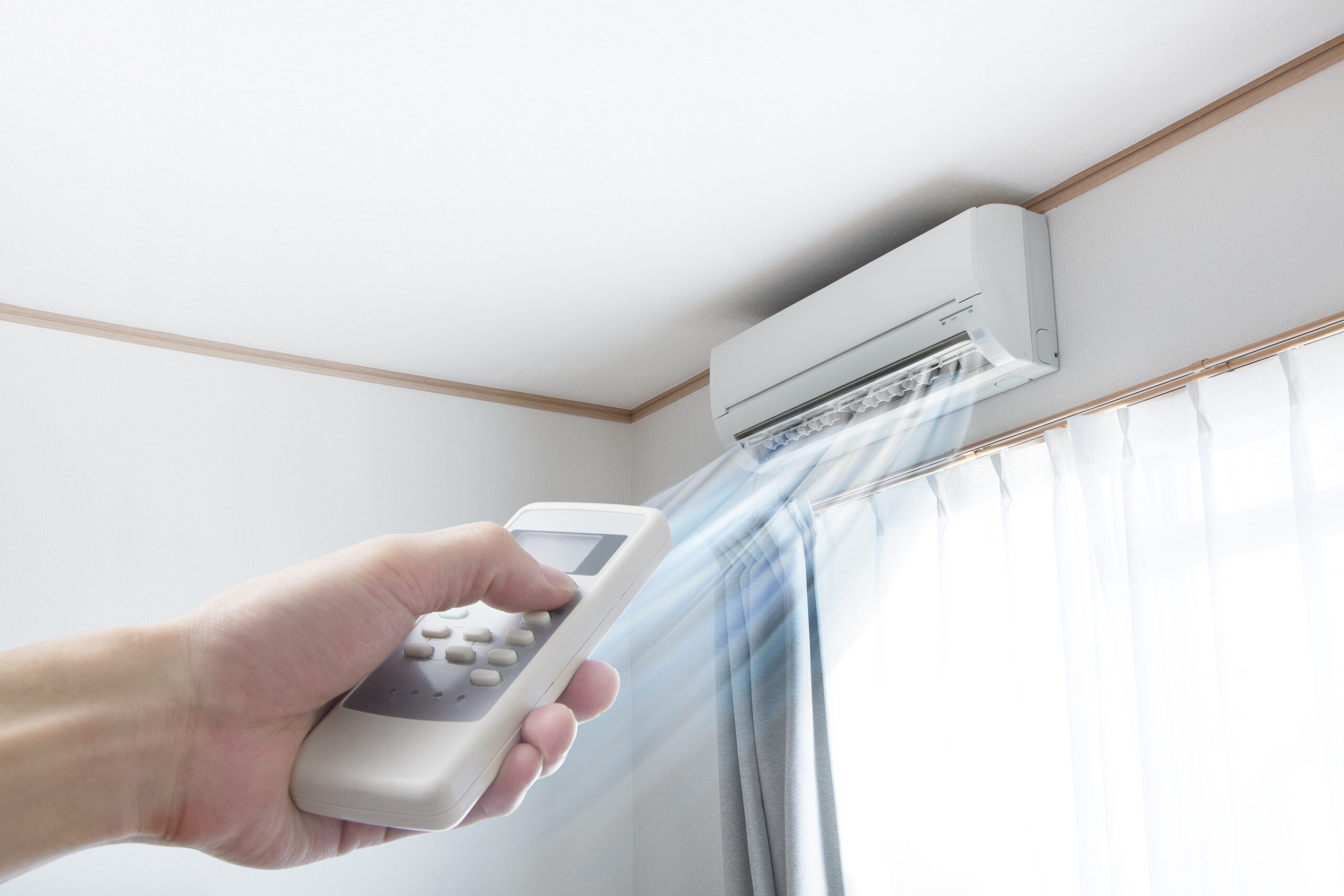Eliminating Hot Spots
If I only had a nickel for every time I….. well, for me I guess it would be a homeowner telling me that their second floor had a temperature difference of at least five degrees from their first floor and ten from their basement. In some parts of the country it may be the end of the ranch style home furthest from the air handler. Either way, there is a fast and effective way to troubleshoot the likely source of the problem in a few simple steps:
1) Identify the size of your air conditioner. The model number contains a set of letters and then a number of BTU that come in increments of 6000. For example: XXXX 036 XXXX1X1X.. The 036 means that there are 3 tons of cooling. If it was 042 there would be 3 1/2 tons of cooling, as each ton is 12,000 BTU. With me? The simplest way is to have your unit cleaned and ask your technician. While he or she is there go ahead and ask them to look at the following steps as well.
2) Count up the number of supply or distribution vents in the home. These are usually in the floor or ceiling near the perimeter. With the thermostat fan switch in the “on” position you can use a tissue to tell if the vents is pushing or pulling air. Supply vents in smaller rooms like bathrooms and mudrooms can be counted as .5 each. There should be 3.5 supply vents for every ton of cooling, or every 12,000 BTU.
3) Now count up the return vents, or the ones that draw air back to the air handler. There absolutely should be the same number of returns, but there will not be in most homes. There must be at least an 80% return to supply vent ratio.
4) Found all of the returns? Even the one behind the couch or bookcase? The one in the half-wall? Now it gets good. I am writing form Chicago, in your part of the world different common sense rules may apply. When you are heating you must push warm air out while pulling cooler air back in. While cooling you must push out cold air while removing the warm air. So where are your returns? near the floor on the first floor? Near the ceiling in the second floor? A nice mix? The key is to keep all of the air moving all of the time.
5) Lastly, you found the returns. You counted them, you noted their location, but do they actually have good pressurization? What I mean is, take a piece of paper off of your printer, turn the fan to “On” again, and then take the paper to the return air vents one at a time. Go ahead and cover the vent entirely at first… of course it holds the paper. Now slowly slide the paper horizontally 1/2″ at a time until it kicks down or falls off. Note how much vent you exposed before this happened, You are creating the rule for your system as you go. Which rooms on which floor hold better? If you have 4 returns instead of 12 does it rip the paper out of your hand? Use your head and discover which ducts may be leaking… drawing air form other places. Places full of insulation fibers and dust perhaps?
Unless you do this every day you will need a pro to come alongside of you and analyze your system. All you are trying to do is determine how fast your pay back will come. Lower bills, less dust, more comfort are all waiting.
Hit me back with questions or comments!
Request Service

Our Process
Get to know our quick installation process of a device tailored to your needs
- In-Home Consultation
- Free In-Home Estimate Provided
- Timely Installation Scheduled
- Quality Installation Performed
- Enjoy Your Enhancement



